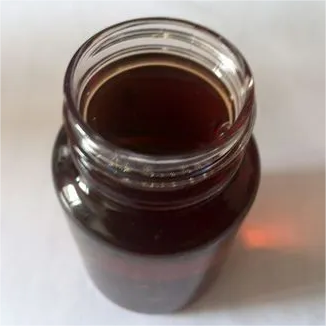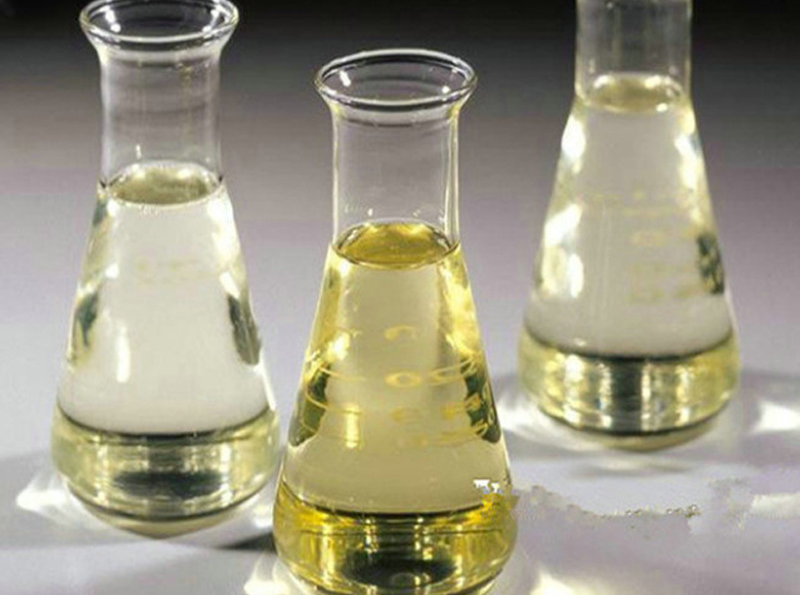Imagine newborn lungs struggling like deflated balloons. That’s surfactant deficiency. Some tiny babies need urgent help to breathe. Doctors call it respiratory distress syndrome. Premature infants face the highest risk. Why? Their bodies haven’t finished making enough surfactant.
(Which Infant Is A Likely Candidate For Receiving Exogenous Surfactant?)
Surfactant is a slippery coating inside the lungs’ air sacs. Think of it like soap bubbles. It reduces surface tension. This keeps the tiny air sacs open easily. Without it, the sacs collapse with every breath out. The baby must work incredibly hard just to breathe. It’s exhausting and dangerous.
So, which babies most likely need artificial surfactant? The very early arrivals top the list. Babies born before 28 weeks are almost always candidates. Their lungs are extremely immature. Surfactant production is minimal. Doctors expect these infants will need help.
Babies born between 29 and 32 weeks are also strong candidates. They show clear signs of breathing trouble. Signs include fast breathing, grunting sounds, flaring nostrils, and chest sinking in. Doctors see these signs right after birth or soon after. The struggle is obvious. Oxygen levels drop. Chest X-rays show a classic “ground glass” look. This confirms under-inflated lungs.
Sometimes bigger preemies, born after 32 weeks, might need surfactant too. They might have severe breathing problems. Perhaps they had a difficult birth stressing their lungs. Maybe their mother had an infection during pregnancy. Infections can sometimes damage developing surfactant. These babies don’t fit the usual profile. But their urgent need is clear.
Full-term babies rarely need surfactant. Their lungs are usually ready. Exceptions exist. A few term babies have genetic problems affecting surfactant production. Others suffer massive lung infections or severe pneumonia at birth. These situations are uncommon. When they happen, surfactant can be a lifesaver.
Giving surfactant is a direct treatment. Doctors deliver it straight into the baby’s windpipe through a breathing tube. It quickly spreads inside the lungs. The effect is often dramatic. Breathing becomes easier. Oxygen needs drop. The baby looks less distressed. It buys crucial time for the immature lungs to heal and grow stronger.
(Which Infant Is A Likely Candidate For Receiving Exogenous Surfactant?)
Identifying the right infant quickly is vital. Every minute counts when a baby can’t breathe properly. Doctors look at the baby’s age. They assess the severity of breathing problems. They check oxygen levels. They examine the chest X-ray. Putting all this information together points to the need. For the tiniest, sickest newborns, this medicine is a true game-changer. It helps their fragile lungs catch up.
Inquiry us
if you want to want to know more, please feel free to contact us. (nanotrun@yahoo.com)




